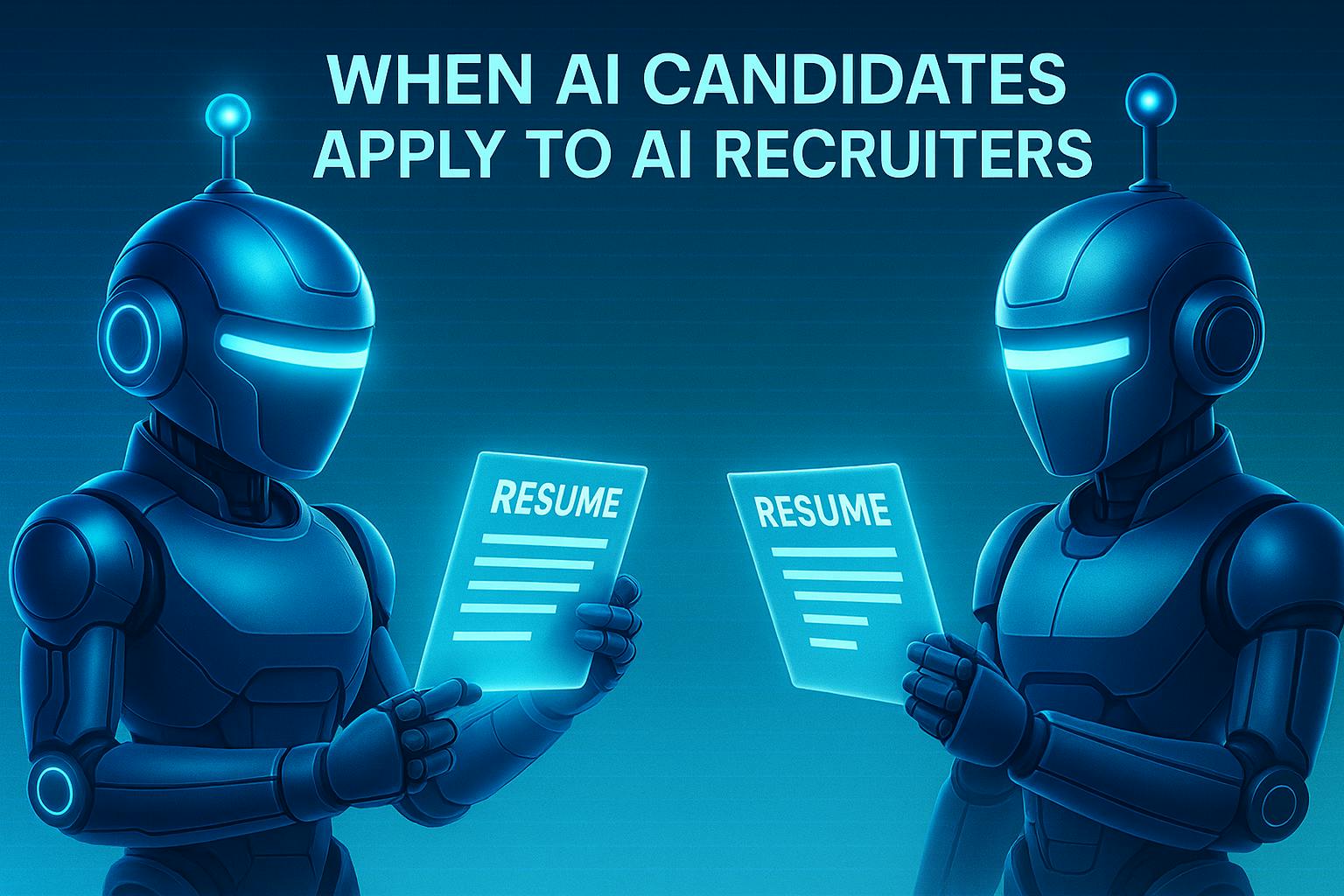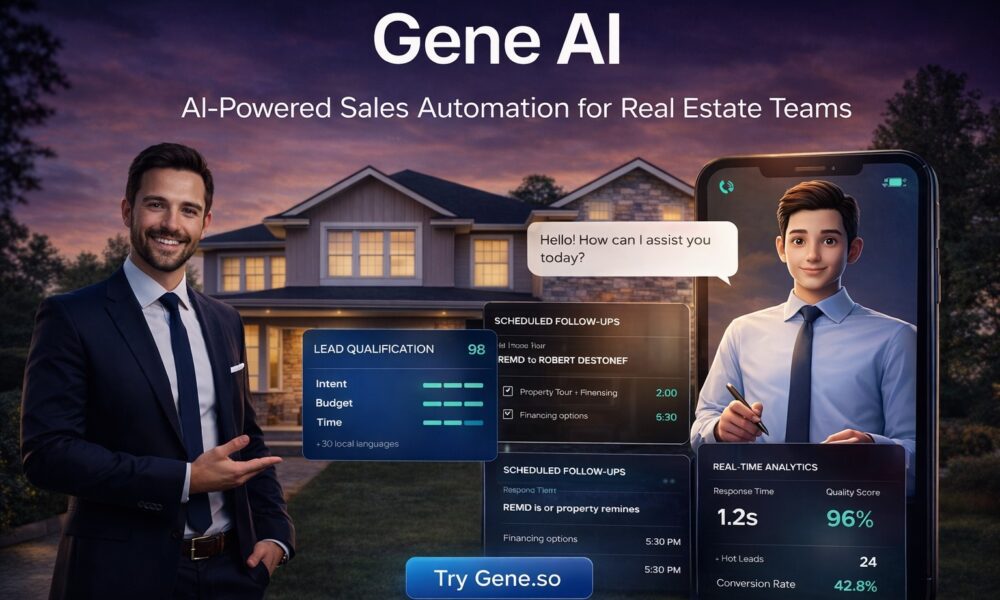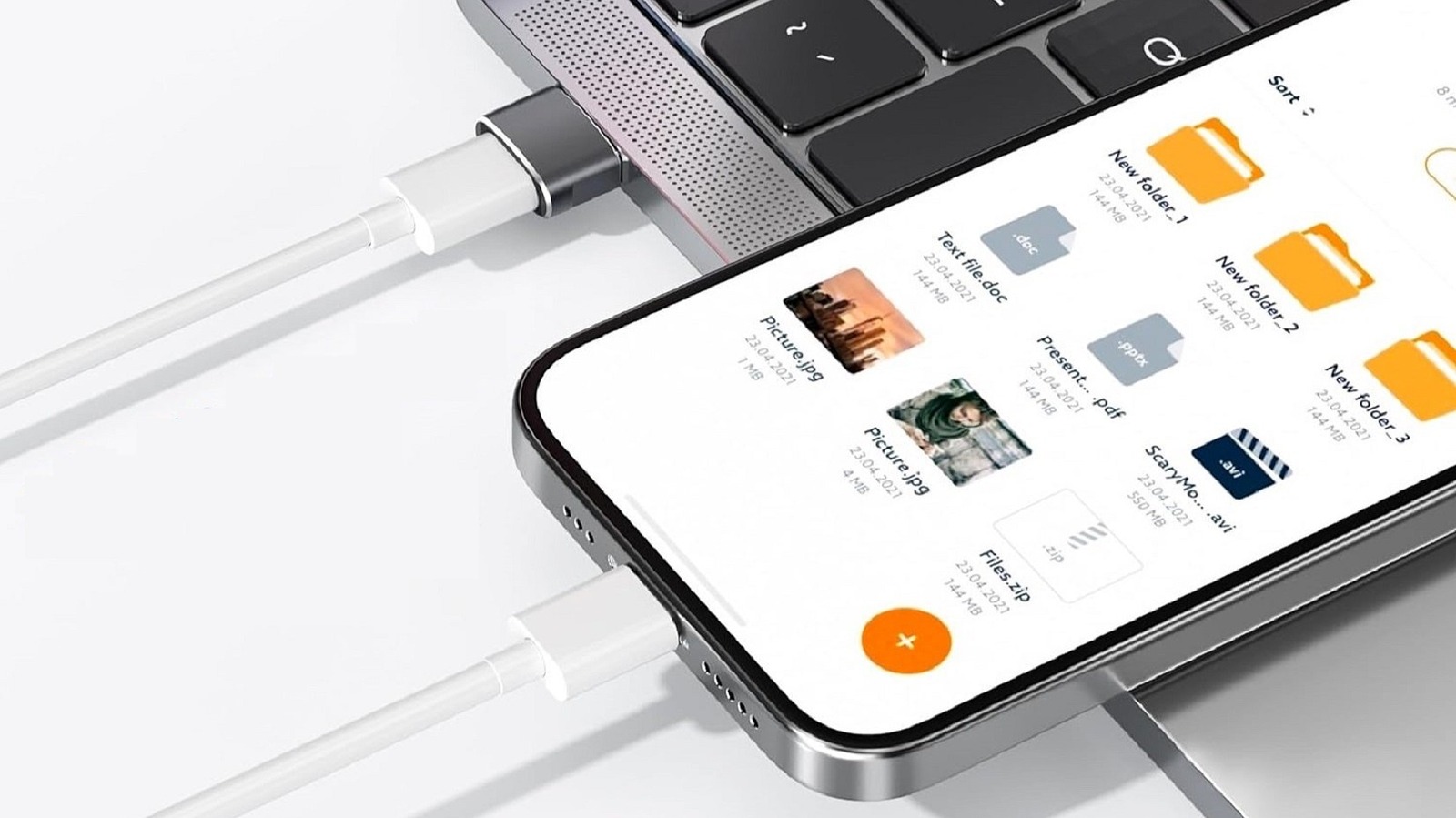Welcome to AI Decoded, Fast Company‘s weekly newsletter that breaks down the most important news in the world of AI. I’m Mark Sullivan, a senior writer at Fast Company, covering emerging tech, AI, and tech policy.
This week, I’m focusing on the implications of OpenAI’s official entry into the browser game with its ChatGPT Atlas. I also talk to Stanford HAI’s James Landay about the AI industry’s UX design challenges, and examine “AI czar” David Sacks’s recent
Sign up to receive this newsletter every week via email hereAnd if you have comments on this issue and/or ideas for future ones, drop me a line at [email protected], and follow me on @thesullivan,
With OpenAI’s ChatGPT Atlas, the AI browser war officially kicks off.
Using the internet with the help of an AI is a real thing—and it became even more real Tuesday when OpenAI, the generative AI industry’s de facto avatar, announced the release of its new ChatGPT Atlas browser. A new race has begun to reinvent the Chrome-style browser experience we’ve used for so long: The race to reinvent the browser around natural language AI.
Think of Atlas as an extended workspace and set of features around ChatGPT, specialized for fetching, parsing, and organizing web content. For months, I’ve been using the ChatGPT desktop app. I simply hit a keyboard shortcut, a small chat window appears toward the bottom of my screen, and I ask my question. When I click a source link within the answer, a new Chrome tab opens up behind the chat window. When talking to ChatGPT within Atlas, there’s no need to open that new Chrome tab—everything opens within Atlas. The chatbot stays open on the right, so I can ask it questions about the web page I’m viewing.
OpenAI has some other ambitious ideas about how artificial intelligence can be used in browsing. Importantly, Atlas can leverage its memory of the user’s past browsing behavior so that it can more thoughtfully suggest ways of finding and organizing new data or web content. For example, it might remind the user of a specific piece of data they searched for within the same subject area at some point in the past. The user can control how much the browser “remembers,” OpenAI says.
Atlas goes beyond fetching web content. It offers to act as the user’s agent, interacting with websites on the user’s behalf. This could mean planning a theater date (complete with dinner reservations, for example) or buying concert tickets when they become available. This kind of autonomous agent is something of a holy grail, both for AI labs trying to build enterprise (work) AI and companies building consumer AI. I’ve heard numerous tech company executives talk as if agents are already advanced enough to make a big difference in business and personal life.
Other execs and experts I’ve spoken with say that the agent revolution will not happen this year, and maybe not even next year. That’s because the AI models behind the agents still aren’t good enough to reason through complex tasks. They also still can’t process all the contextual information needed to safely complete high-stakes tasks involving real money (like all the small considerations involved in booking a plane ticket), influential AI researcher (and OpenAI cofounder) Andrej Karpathy points out in a recent podcast.
There are other hurdles, too. An entire technology ecosystem must form to accommodate new AI agents, says Devi Parikh, co-CEO of the agentic AI company Yutori. The websites and services of today are built for human users, so agents must learn how to click buttons, scroll pages, and search menus. They might work more reliably if they could exchange data with a website or service via an application programming interface (API) or some other secure and standardized handshake. Because it’s so crucial that users trust these AI agents, she says, AI companies would be wise to err on the conservative side in talking about what AI agents can really do; Giving users a bad first impression could damage trust and make them hesitant to rely on agents.
While Atlas is getting lots of attention, Google has been (more quietly) upgrading its Chrome browser with AI. Just last month, the company added a spate of features that make its Gemini AI a bigger part of Chrome, saying that the browser is “entering a new era powered by AI.” Within Chrome, Gemini can summarize content, organize tabs, and ask questions about web pages. Google’s new AI search function, now called “AI Mode,” shows up at the top of a wider range of searches and can also be called up using a keyboard shortcut.
But Google is building these features onto an existing browser-slash-search tool. That’s very different from building an AI-first browser from scratch as OpenAI did. It’s also true that Google has introduced the AI features in such an understated way that many users probably don’t even know they’re there. (I saw the shortcut to AI Mode in Chrome’s search bar for the very first time Tuesday.) And Google is also freighted with a decades-old business model that knows how to make money from the traditional “10 blue links” search results. So it has to be very careful about how and when it pushes Chrome users toward AI search, which represents a very different revenue model.
At any rate, lots of AI talent and money will go into building a new way of using the internet in the coming months and years. Let’s hope the end result is something that helps users more than exploits them.
Stanford’s Landay: AI labs need to invest more in product design
Lots of people are using AI chatbots now, but the vast majority are free-tier users who employ the tools’ most basic features. They might be comfortable chatting with the AI about some personal matter, but less likely to use it to build a website. At work, they might be apt to look up a policy document, but less comfortable working with the tool to build a report or spreadsheet. The big challenge of designers within AI labs like OpenAI or Google is to build the user interface of AI tools in a way that invites people to use those deeper features, which can offer far greater rewards than the basic ones.
But designing software products with UX that’s approachable and easy to use may not be the forte of AI labs, says James Landay, a Stanford computer science and engineering professor who co-directs the university’s Institute for Human-Centered Artificial Intelligence (HAI). Landay, who specializes in human-computer interaction, consults for a number of tech companies in the Bay Area. A user interface could mean a piece of computer hardware or a software experience that mediates a human’s interaction with an AI.
Landay says one of the big challenges of building interfaces for tech products has been that it’s very hard to anticipate the broad set of use cases that people may have, and the user interfaces people might prefer for each. of them. Even on the Zoom call I had with Landay, several interface options are available—he may prefer audio-only on a phone, while I may prefer a half-screen mode on my laptop. As for AI apps, a small chat window might be fine for some use cases, while others might call for voice interaction. Still others may need a UX built for viewing images or video.
Landay says with AI, it’s unlikely that a dominant form of interface will emerge to muscle out other modes. People will likely want to interact with the technology in a variety of different ways—some old and some new. A slice of the consumer market may decide that the best way to use AI is within the lenses and earpieces of augmented reality glasses. Some may like the idea of an ambient AI in the home, always ready to offer intelligence at the sound of their name (“HAL . . .”).
Landay says the big AI labs haven’t yet moved very far away from the chatbot interface. He says these companies employ people who are primarily interested in natural language AI, so they naturally favor a text-based interface. The AI companies have so far focused most of their energy on improving the models themselves, and relatively little on developing productive ways for humans to interact with the AI. OpenAI’s engagement with the design guru Jony Ive is a sign that the company is at least aware of the need to develop a practical human interface for AI, and willing to invest in possible solutions, Landay says. Ive indeed invented captivating entry points to mobile computing technology (iPhones and Apple Watches), but AI is another paradigm, and one that might not lend itself easily to an “ideal” piece of hardware or software UX.
The David Sacks–Reid Hoffman skirmish on
David Sacks, the former VC who now works as the “AI czar” in the Trump administration, and Reid Hoffman, the LinkedIn cofounder and big-time Democratic donor, got into a skirmish on X this week. It revealed some things about the politics of AI.
On October 20, Hoffman started a thread: “I want to state plainly: In all industries, especially in AI, it’s important to back the good guys. Anthropic is one of the good guys.” Further down, Hoffman points out that others—including Microsoft, Google, and OpenAI—are trying to deploy AI in a way that balances innovation and safety, and is “enormously beneficial for society.” He adds that some AI labs (he doesn’t name names) are making decisions that disregard societal considerations, including some whose bots “sometimes go full fascist.” (Elon Musk’s Grok chatbot has reportedly praised Hitler, dabbled in Holocaust denialism, and ranted about “white genocide” in South Africa.)
Whether it was the part about Anthropic or the dig on fascist bots is unclear—but Sacks was triggered. He clapped back: “The leading funder of legislation and dirty tricks against President Trump wants you to know that ‘Anthropic is one of the good guys.’”
Hoffman responded, charging that Sacks didn’t read his full post, adding that it’s “particularly rich” that someone in the Trump administration would accuse someone else of “lawfare and dirty tricks.”
The MAGA-fied Sacks naturally has no love for Hoffman, a major Democratic donor. But he also sees Anthropic as a political enemy. His response: “The real issue is not research but rather Anthropic’s agenda to backdoor Woke AI and other AI regulations through Blue states like California.” Anthropic supported California’s Senate Bill 53 (aka the Transparency in Frontier Artificial Intelligence Act), which Gov. Gavin Newsom recently signed into law. Sacks seems to suggest, without citing evidence, that Anthropic is working to get similar laws passed in other states.
Sacks also says that Anthropic opposed Trump’s “Big Beautiful (spending) Bill,” the original version of which contained a 10-year moratorium on any new state-level AI regulations—language that was decisively voted out of the bill in the Senate before passage.
More AI coverage from Fast Company:
Want exclusive reporting and trend analysis on technology, business innovation, future of work, and design? Sign up for Fast Company Premium.
The early-rate deadline for Fast Company’s World Changing Ideas Awards is Friday, November 14, at 11:59 pm PT. Apply today.











